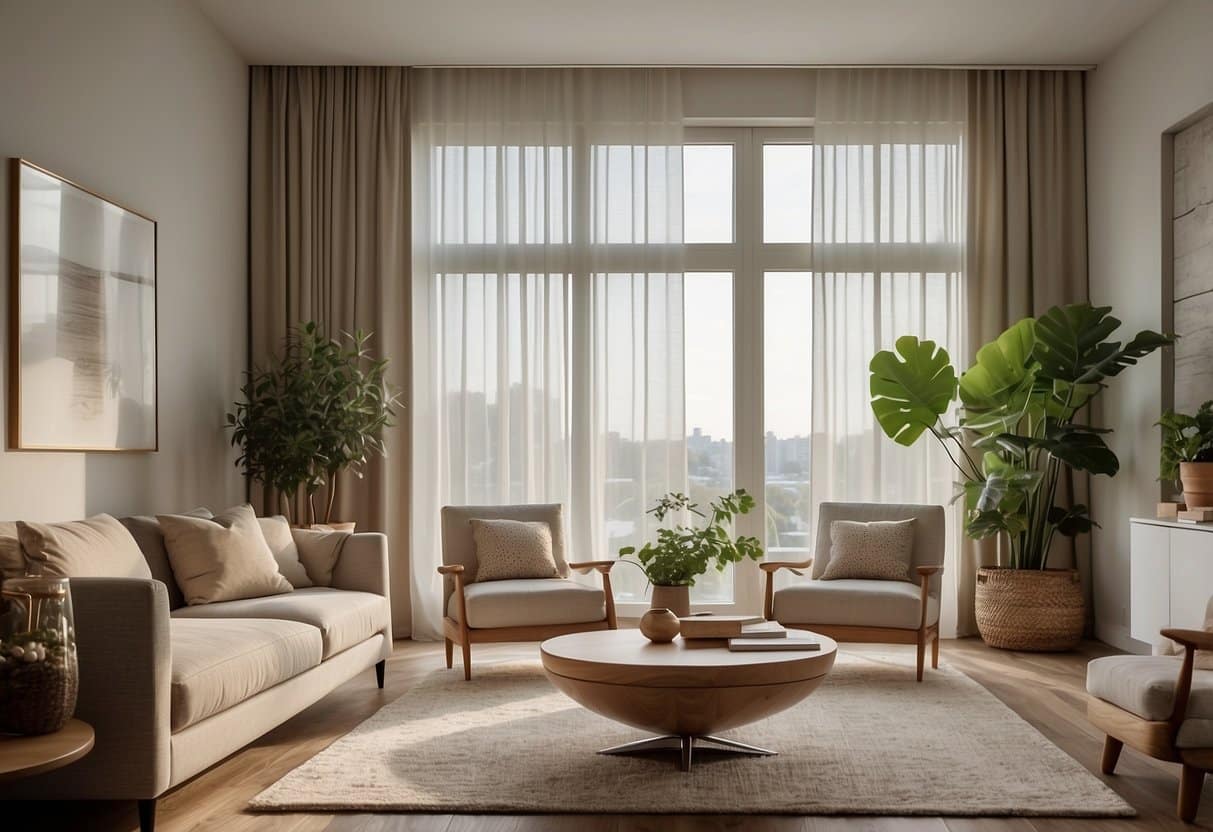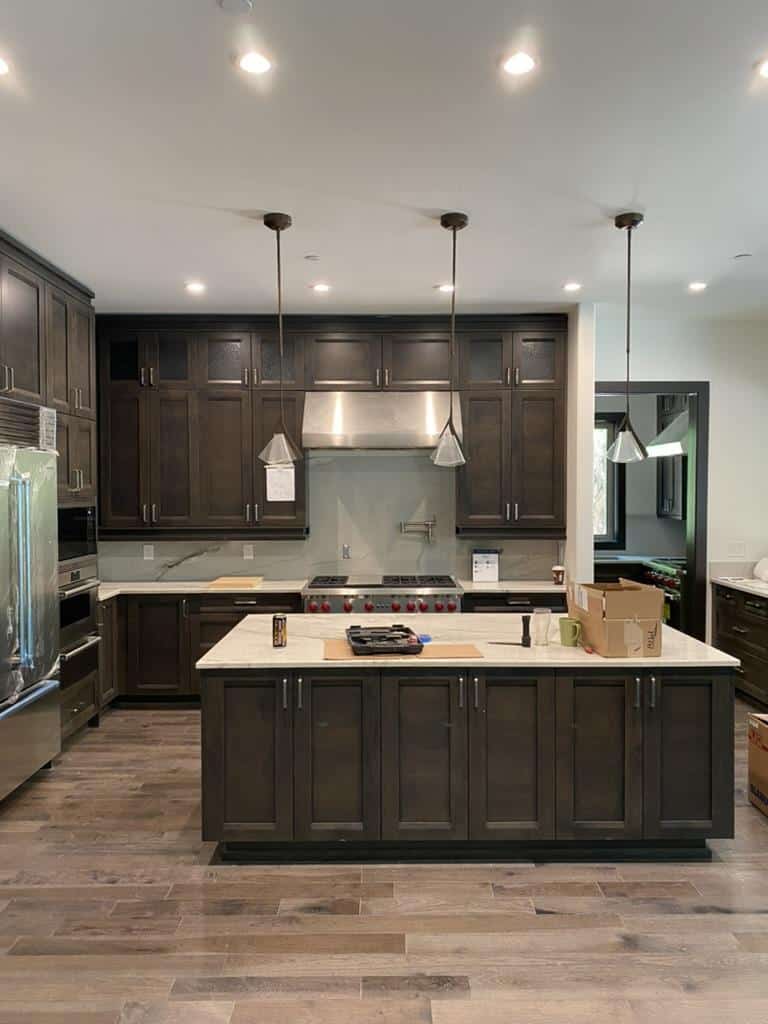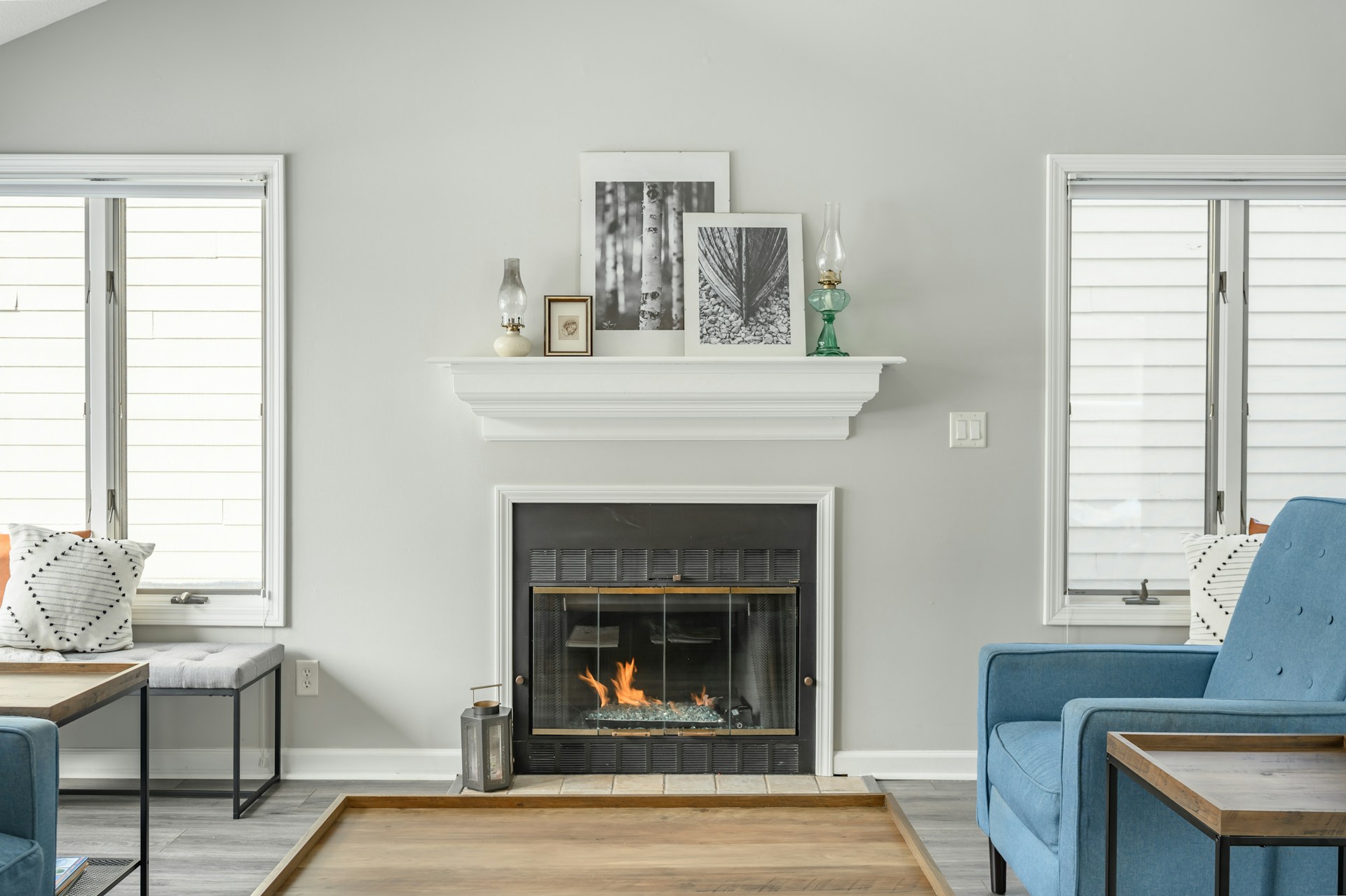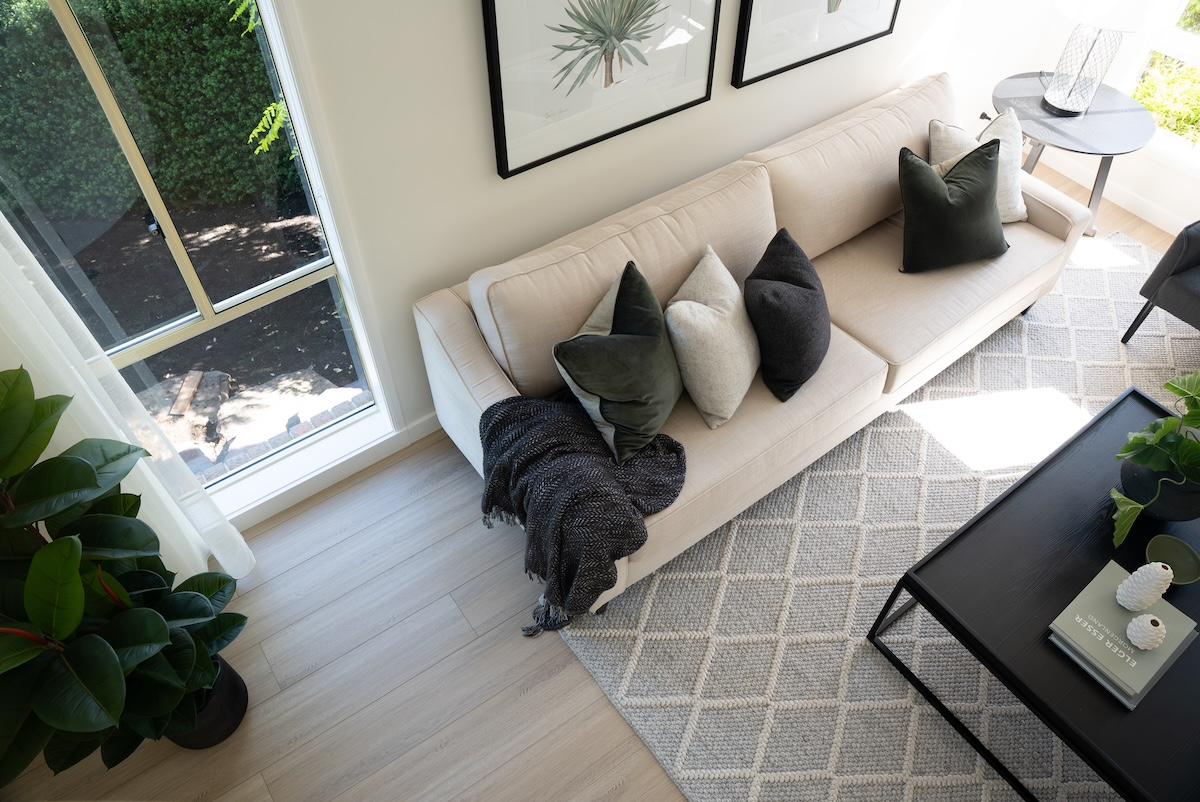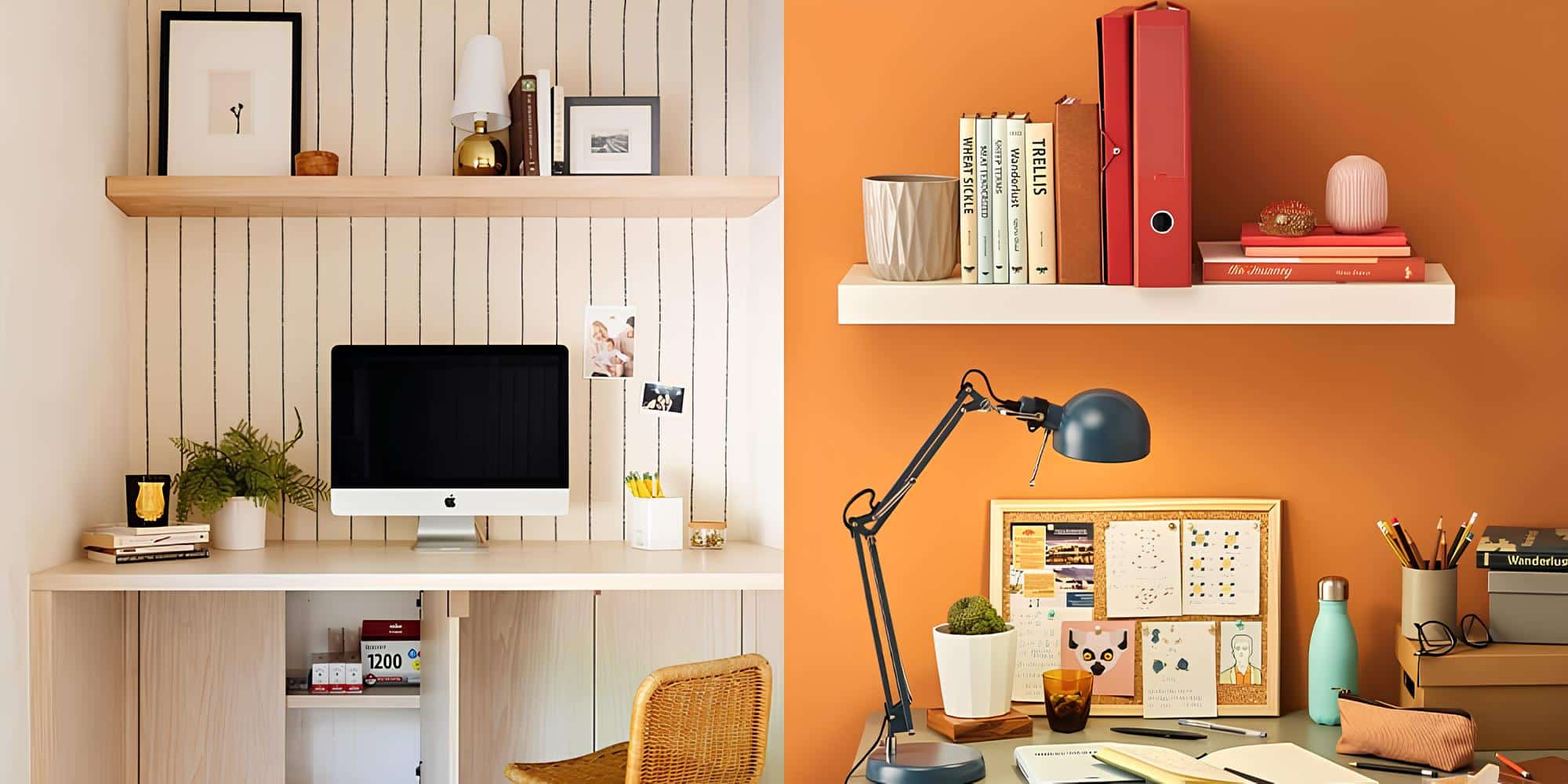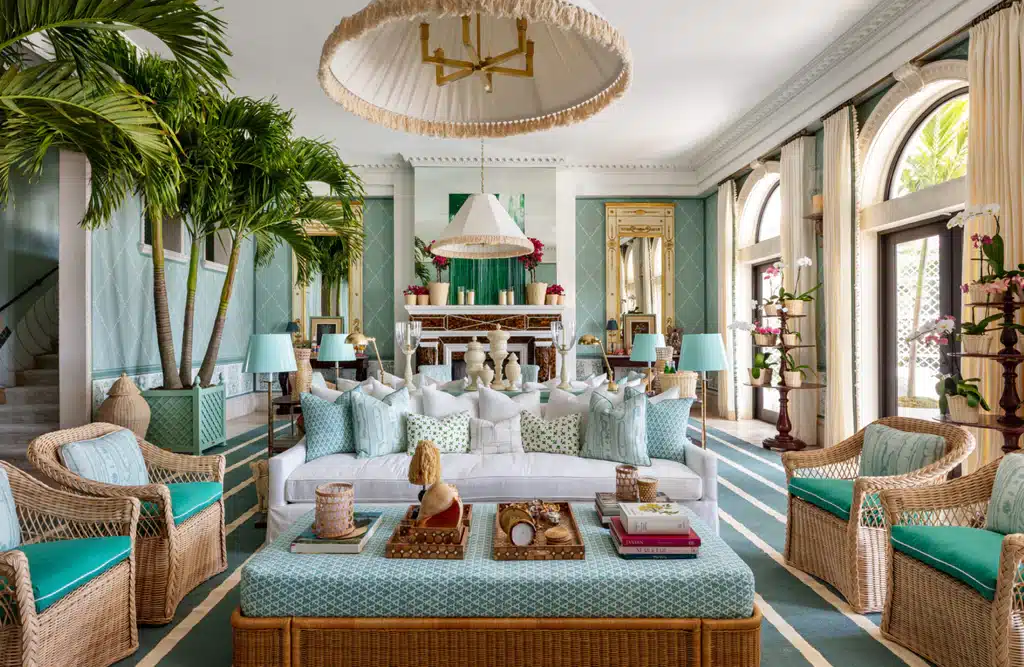Harmony in Interior Design: Definition, Principles, Examples & Tips
Harmony in interior design refers to the seamless integration of different elements within a space, creating a balanced and aesthetically pleasing environment. Achieving harmony involves careful consideration of color palettes, furniture arrangement, and decorative accessories to ensure that every component complements each other. This concept is essential for creating spaces that feel welcoming and cohesive, whether in a home, office, or public setting.
Several principles guide the creation of harmony in interior design, including balance, proportion, and unity. Designers often mix various styles and textures while maintaining a consistent theme to avoid visual clutter and create a harmonious flow. By blending different design elements thoughtfully, one can achieve a space that is both functional and visually appealing.
Real-world examples of harmonious interior design can be seen in minimalist spaces that use neutral tones and simple lines as well as eclectic designs where diverse pieces are united through a common color scheme or theme. Practical tips for achieving harmony include selecting a few key pieces that define the room’s character and ensuring that other elements support these choices without competing for attention.
Fundamentals of Harmony in Interior Design
Harmony in interior design occurs when all elements within a space work together cohesively to create a pleasing and balanced environment. This section explores the definition and core principles that contribute to achieving harmony in design.
Defining Harmony in Design
Harmony in interior design signifies a seamless and cohesive interaction between different elements such as color, texture, and shape. These elements coalesce to form a unified and aesthetically pleasing space.
Identifying harmonious decor means noticing that no single piece stands out disruptively. Lighting, furnishings, and accessories should align in style and theme, encouraging visual flow and comfort.
A harmonious design considers the purpose of the room. For example, a bedroom might use soft, calming colors to evoke tranquility, whereas a living room might feature a mix of textures to foster engagement and comfort.
Core Principles of Harmony
Balance involves distributing visual weight evenly across a space. This can be achieved through symmetrical, asymmetrical, or radial arrangements.
Proportion refers to the size relationship between different items. Items should complement each other in scale without overwhelming the space.
Rhythm in design uses repetition and patterns to lead the eye smoothly throughout a room. This can be achieved by recurring colors, shapes, or textures.
Unity ensures that while individual elements may be unique, they work together to support a single theme or style. Accessories should tie back to the core design concept.
Emphasis focuses attention on a particular element, such as a piece of artwork or a unique piece of furniture, with other elements supporting this focus.
Hiring a decorator can help achieve harmony, as professionals understand how to balance these principles effectively. They possess the expertise to select and arrange elements that work together flawlessly.
Applying Harmony: Strategies and Examples
Creating a harmonious interior involves carefully coordinating colors, integrating various materials and textures, and planning furniture and space efficiently. These elements work together to achieve balance and aesthetic appeal.
Color Coordination and Theme Selection
Choosing a color palette sets the tone for the entire space. A monochromatic scheme can add depth and sophistication. Complementary colors provide dynamic contrast, creating a vibrant atmosphere. Neutral tones, such as beige and grey, can offer a calming effect. When selecting a theme, consider continuity in style across different rooms, which can seamlessly tie them together.
Examples:
- Monochromatic: Shades of blue
- Complementary: Blue and orange
- Neutral: Beige and white
Hiring a decorator can help in selecting the right paint colors and wallpapers to achieve the desired harmony.
Material and Texture Integration
Integrating various materials and textures adds dimension to a space. Combining smooth and rough textures, such as silk curtains with wooden furniture, creates visual interest. Materials such as glass, metal, and fabric can be used to balance each other.
Using natural materials like wood and stone can bring warmth and a more organic feel. Rugs, cushions, and throws in different textures can add coziness. Hiring a decorator to advise on material choices ensures a cohesive look.
Furniture and Space Planning
Effective furniture placement is crucial in creating a harmonious space. Scale and proportion should be considered to ensure that furniture fits well within the room. Creating a focal point, like a fireplace or a piece of art, helps in organizing the layout.
Leave enough space for movement to avoid clutter. Ensure that furniture pieces complement each other in style and size. Utilize multifunctional furniture for smaller spaces. Consulting with a decorator can aid in optimizing the layout and selection of furniture to maintain a balanced and functional space.

